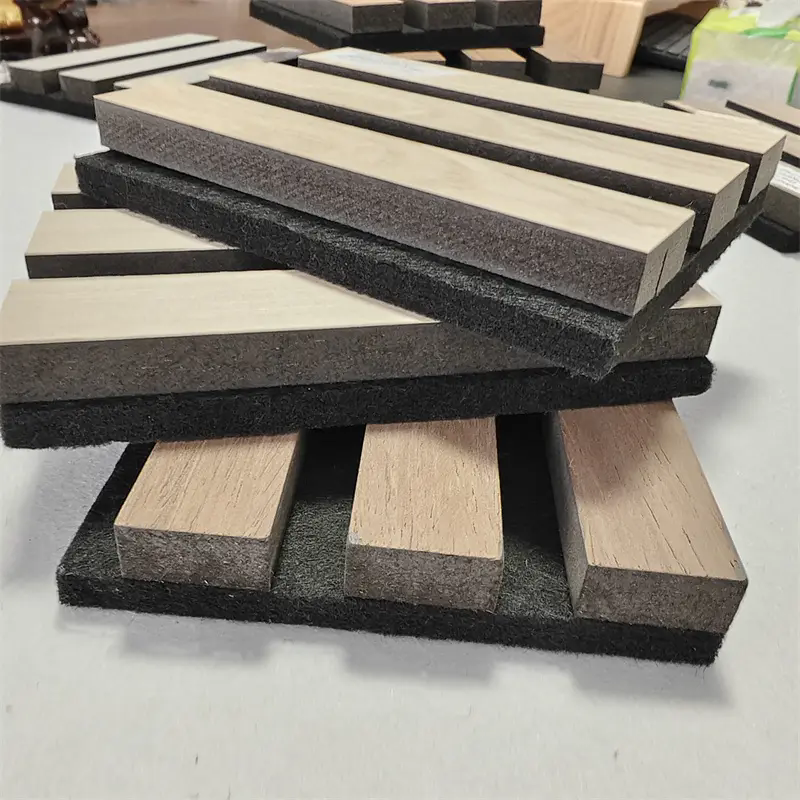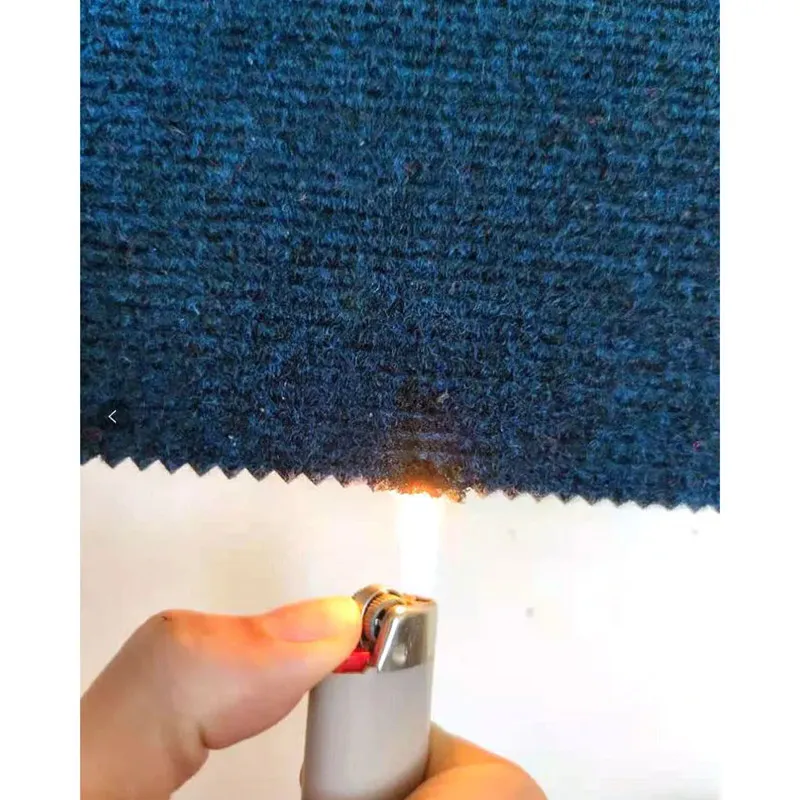What Makes High-Quality Acoustic Panels Essential for Noise Control?
Trending News Headlines: Top Searches on Acoustic Panels
- "Eco-Friendly Acoustic Panels: Sustainable Materials Taking Over"
- "How Acoustic Panels Improve Classroom Learning Environments"
These headlines underscore the diverse applications of acoustic panels—from professional recording spaces to educational facilities—and the rising importance of sustainability in material choices. For those seeking to invest in acoustic solutions, these trends highlight the features and uses that resonate most with users, guiding informed decision-making.
Why High-Quality Acoustic Panels Are Critical for Noise Management
Enhancing Productivity and Focus
In workplaces, open offices, and educational settings, excessive noise can significantly impair concentration, memory retention, and task performance. Studies have shown that constant background noise—such as chatter, phone calls, or equipment hum—can reduce productivity by up to 40% and increase stress levels. High-quality acoustic panels absorb these distractions, reducing reverberation and creating quieter environments where employees, students, and professionals can focus. For example, in an open office, strategically placed panels can minimize sound travel between workstations, allowing teams to collaborate without disrupting others. In classrooms, reduced noise levels improve students’ ability to hear instructors and engage with lessons, leading to better academic outcomes.
Protecting Health and Well-Being
Chronic exposure to loud or constant noise is linked to a range of health issues, including hypertension, sleep disturbances, anxiety, and even hearing loss. Acoustic panels help mitigate these risks by reducing noise levels to safe, comfortable ranges. In healthcare facilities, for instance, quieter environments promote faster patient recovery and reduce stress for both patients and staff. In residential settings, panels can block external noise (such as traffic or construction) or internal noise (such as loud appliances), improving sleep quality and overall well-being. By creating acoustically balanced spaces, high-quality panels contribute to a healthier, more sustainable lifestyle.
Improving Acoustic Clarity in Professional Settings
In spaces where sound quality is paramount—such as recording studios, conference rooms, lecture halls, and theaters—acoustic panels play a critical role in enhancing audio clarity. These environments require precise control over sound reflection, absorption, and echo to ensure that speech, music, or performances are heard clearly. For example, a recording studio using specialized acoustic panels can eliminate unwanted echoes and reverberations, resulting in cleaner audio recordings. In conference rooms, panels ensure that virtual meetings or presentations are free from audio distortion, allowing participants to communicate effectively. Without proper acoustic treatment, even the most advanced sound systems can fail to deliver optimal performance.
Enhancing Aesthetics and Design Flexibility
Modern acoustic panels are not just functional—they are also designed to complement interior aesthetics, offering a blend of form and function. Unlike traditional soundproofing materials (such as bulky foam or unsightly insulation), today’s panels come in a variety of colors, textures, shapes, and finishes, allowing them to integrate seamlessly with any design scheme. Whether it’s a sleek, minimalist office, a vibrant classroom, or a stylish restaurant, acoustic panels can enhance the visual appeal of a space while improving its acoustic properties. This design flexibility makes them a popular choice for architects, interior designers, and homeowners looking to balance practicality with aesthetics.
Ensuring Regulatory Compliance
In certain industries, compliance with noise regulations is mandatory. For example, manufacturing facilities, construction sites, and entertainment venues must adhere to local and national noise limits to protect workers and neighboring communities. Acoustic panels help these businesses meet regulatory requirements by reducing noise emissions to acceptable levels. In healthcare settings, panels can assist in complying with privacy standards by ensuring that patient conversations remain confidential. By investing in high-quality acoustic panels, businesses avoid fines, legal issues, and reputational damage associated with non-compliance.
How Acoustic Panels Work to Control Noise
Acoustic panels manage noise through three primary mechanisms: absorption, diffusion, and blocking. The specific function depends on the panel’s design and materials, but most panels combine these mechanisms to varying degrees:
Sound Absorption
The most common function of acoustic panels is to absorb sound energy. When sound waves hit the panel’s surface, the material (typically porous or fibrous) traps the waves, converting their energy into heat (a process known as damping). This reduces the amount of sound that reflects off surfaces, minimizing echo, reverberation, and background noise. Materials like fiberglass, mineral wool, and recycled polyester are highly effective at absorption, with porous structures that allow sound waves to penetrate and dissipate. The absorption capacity is measured by the Noise Reduction Coefficient (NRC), which ranges from 0 (no absorption) to 1 (total absorption). High-quality panels often have an NRC of 0.8 or higher, indicating they absorb 80% or more of the sound that hits them.
Sound Diffusion
Some acoustic panels are designed to diffuse sound, scattering sound waves in multiple directions rather than absorbing them. This helps to break up strong reflections and create a more balanced acoustic environment, particularly in large spaces like auditoriums or concert halls. Diffusion panels often have irregular or geometric surfaces that disperse sound evenly, preventing "hot spots" of sound intensity and improving overall audio clarity.
Sound Blocking
While absorption and diffusion address internal noise, some panels are engineered to block sound from entering or exiting a space. These panels are denser and more rigid, using materials like mass-loaded vinyl or dense foam to create a barrier that sound waves struggle to penetrate. Sound blocking is measured by the Sound Transmission Class (STC), where higher values indicate better blocking performance. For example, a panel with an STC rating of 50 can block most speech and medium-level noise, making it suitable for private offices or recording booths.
Installation and Placement
The effectiveness of acoustic panels depends not only on their design but also on strategic placement. Panels are typically mounted on walls, ceilings, or even as free-standing dividers in areas where noise is most problematic. In rooms with hard surfaces (e.g., concrete, glass, or tile), which reflect sound strongly, panels should be placed on the largest reflective surfaces to maximize absorption. For example, in a rectangular room, panels on opposite walls can reduce sound bouncing between them, while ceiling panels can absorb sound that rises and reflects downward. Professional installation ensures that panels are positioned to target specific noise sources, optimizing their performance.
Our Acoustic Panel Specifications
|
Feature
|
EcoSorb Basic (For Home/Office)
|
ProSound Plus (For Studios/Classrooms)
|
MaxBlock (For Noise Blocking)
|
|
Material
|
Recycled polyester fiber (100% post-consumer plastic bottles)
|
High-density mineral wool core with fabric cover
|
Mass-loaded vinyl (MLV) with fiberglass backing
|
|
Noise Reduction Coefficient (NRC)
|
0.85
|
0.95
|
0.7 (absorption) + STC 55 (blocking)
|
|
Fire Resistance
|
Class A (UL 94 V-0 rated)
|
Class A (ASTM E84 compliant)
|
Class A (flame-retardant core)
|
|
Dimensions
|
600 x 600 x 25 mm (24" x 24" x 1")
|
1200 x 600 x 50 mm (48" x 24" x 2")
|
1200 x 600 x 30 mm (48" x 24" x 1.2")
|
|
Weight
|
1.2 kg/panel
|
4.5 kg/panel
|
6.8 kg/panel
|
|
Color Options
|
White, gray, black (custom colors available)
|
20+ standard colors (fabric covers)
|
White, black, gray (paintable surface)
|
|
Installation
|
Adhesive backing or mounting clips
|
Z-clip mounting system (invisible)
|
Screwed or glued to walls/ceilings
|
|
Water Resistance
|
Water-repellent (suitable for humid environments)
|
Moisture-resistant (ideal for classrooms)
|
Water-resistant (suitable for basements/garages)
|
|
Sustainability
|
100% recyclable, low-VOC emissions
|
Recyclable core, FSC-certified fabric
|
Recyclable MLV, low environmental impact
|
|
Warranty
|
5 years
|
10 years
|
7 years
|
|
Recommended Use
|
Home offices, living rooms, small meeting spaces
|
Recording studios, lecture halls, open offices
|
Music rooms, workshops, noisy industrial areas
|
All our panels undergo rigorous testing to ensure they meet international standards for acoustic performance, fire safety, and environmental impact. They are free from harmful chemicals, making them safe for indoor use, and are designed to withstand daily wear and tear, ensuring long-term effectiveness. Custom sizes, colors, and finishes are available to match specific design requirements, providing flexibility for any project.
FAQ: Common Questions About Acoustic Panels

























































